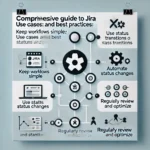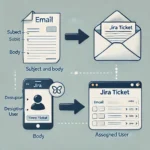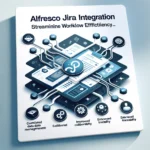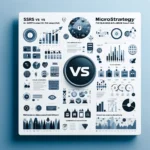TestNG vs. Maven: Streamlining Test Automation and Project Build in Java
In the Java development ecosystem, two essential tools that play crucial roles in software projects are TestNG and Maven. TestNG is a powerful testing framework for Java, while Maven is a build automation tool. Though they serve different purposes, they can complement each other to streamline the entire development process, from test automation to project management. In this blog post, we will compare TestNG and Maven, exploring their respective strengths and discussing how using them together can enhance your Java projects.
TestNG: The Advanced Testing Framework
TestNG, inspired by JUnit and NUnit, was developed to overcome the limitations of JUnit and provide additional testing capabilities for Java applications. It is designed to facilitate various testing scenarios, including unit, integration, and end-to-end testing.
Key Advantages of TestNG
- Test Configuration: TestNG allows developers to define test suites, test cases, and test methods using XML configuration files. This makes it easier to manage complex test scenarios and execute specific tests based on different parameters.
- Parallel Execution: TestNG supports parallel test execution, which significantly reduces the overall test execution time, especially for projects with extensive test suites.
- Dependency Management: TestNG enables developers to set dependencies between test methods, ensuring that tests run in the desired order. This helps in managing the setup and teardown of test environments effectively.
- Annotations and Flexible Grouping: TestNG provides a wide range of annotations that allow developers to define test behaviors, control execution flow, and handle pre- and post-test actions. Test grouping based on specific criteria enhances organization and readability of test cases.
https://synapsefabric.com/2023/07/26/testng-vs-selenium-choosing-the-right-combination-for-powerful-test-automation/
Maven: The Build Automation Tool
Maven is a popular build automation tool that simplifies project management, dependency management, and project build processes. It uses a declarative XML-based approach to define project configurations and dependencies.
Key Advantages of Maven
- Dependency Management: Maven excels in managing project dependencies by automatically downloading required libraries from central repositories. This ensures that the project is consistently built and that all required dependencies are available.
- Project Structure and Convention: Maven enforces a specific project structure and follows certain conventions, making it easier for developers to understand and navigate the project. This standardization streamlines collaboration among team members.
- Build Lifecycle: Maven defines a set of build lifecycle phases, such as compile, test, package, and install, which are executed sequentially. This ensures a smooth build process and allows easy integration of test automation with project builds.
- Plugins and Extensibility: Maven supports numerous plugins that extend its capabilities. Developers can create custom plugins or use existing ones to enhance the build process, including running TestNG tests during the build phase.
Using TestNG and Maven Together
By integrating TestNG and Maven, you can create a powerful development and testing environment that optimizes the entire software development lifecycle.
- Seamless Test Execution: Maven can be configured to trigger TestNG test execution during the build process. This ensures that automated tests are run consistently with every build, promoting early bug detection.
- Test Reports and Metrics: Maven generates detailed test reports using TestNG’s XML output. These reports provide valuable insights into test results, test coverage, and overall project health.
- Continuous Integration (CI) Integration: Maven’s compatibility with CI tools like Jenkins or Travis CI makes it easy to automate test execution and build processes, fostering a continuous integration and delivery (CI/CD) pipeline.
- Dependency Management Harmony: Both TestNG and Maven excel in dependency management, ensuring that the required libraries for test execution and project build are readily available.
In conclusion, TestNG and Maven are powerful tools that address different aspects of Java software development. TestNG enhances testing capabilities, enabling comprehensive test automation with parallel execution and flexible configurations. On the other hand, Maven simplifies project management and build processes, ensuring consistent project structures and dependency management.
By integrating TestNG and Maven, you can create a robust and efficient development and testing environment. Leveraging Maven’s build automation capabilities with TestNG’s advanced testing functionalities streamlines the software development lifecycle, leading to improved code quality, faster development cycles, and reliable project builds. As a result, the combination of TestNG and Maven is a winning strategy for successful Java projects.






